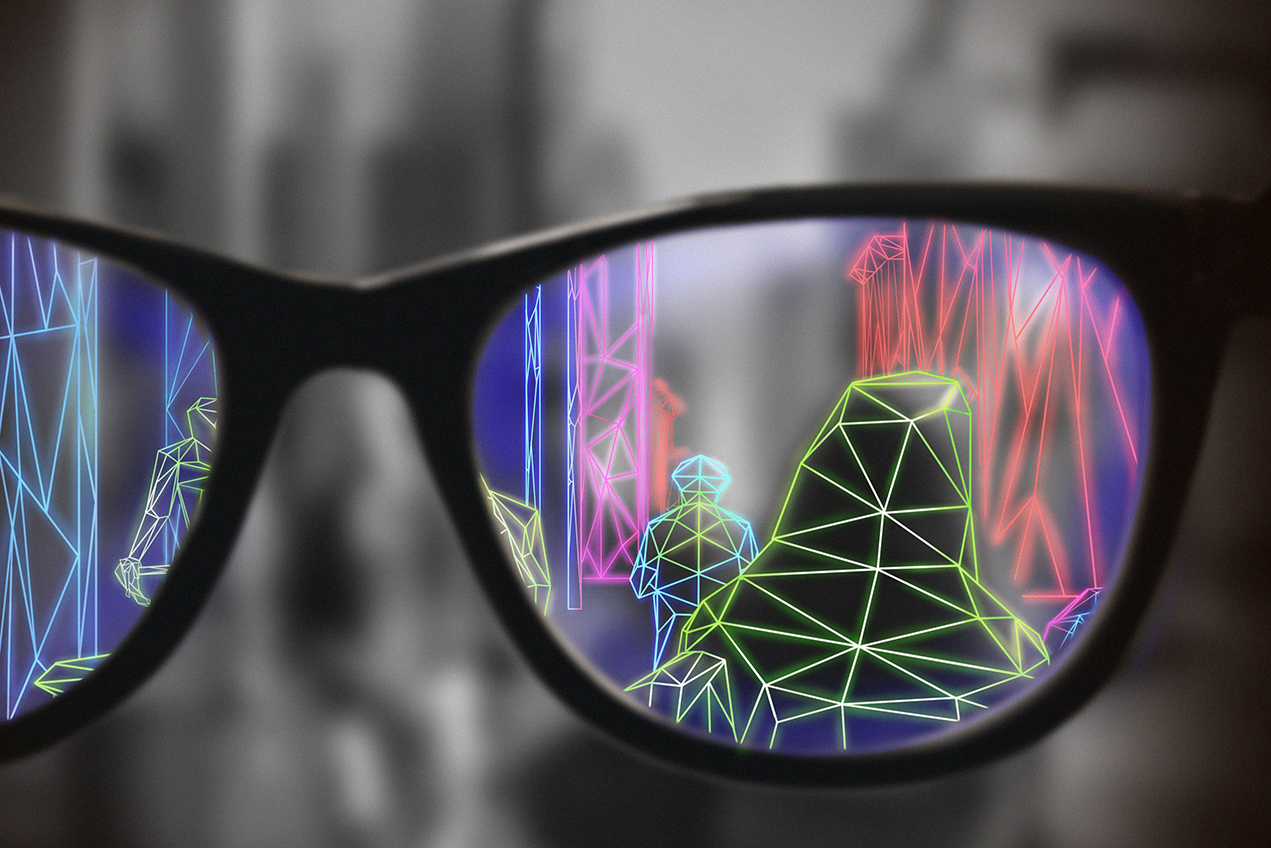New AR tech for improved mobility
A recent study found that adapted augmented reality (AR) glasses improved the mobility by 50% and grasp performance by 70% in patients with retinitis pigmentosa (RP).
“While current virtual reality low vision technology is limited and can be difficult to use or require extensive training, our team used a different approach; employing assistive technology to enhance not replace natural senses, adapting the AR glasses to project bright colours onto patients’ retinas, corresponding to nearby obstacles,” said Professor Mark Humayun, Keck School of Medicine, University of Southern California.
The AR system overlays objects within a six-foot wireframe with four bright, distinct colours. The glasses provide visual colour cues helping patients with limited peripheral vision interpret complex environments, such as avoiding obstacles in dimly lit environments.
To accomplish this, researchers used a process called simultaneous location and mapping, allowing the AR glasses to fully render the 3D structure of a room in real time. The glasses then translated this information into a semi-transparent coloured visual overlay, which highlighted potential obstacles with bright colours to help patients with spatial understanding and depth perception.
While cost and technical issues remain to be solved, Prof Humayun said he hopes this type of assistive technology will available for everyday use in the near future.


























